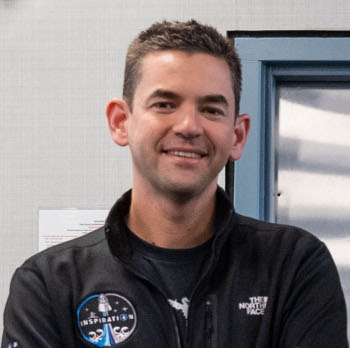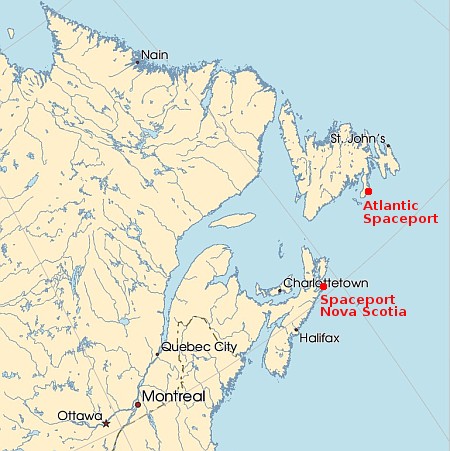SpaceX launches 24 more Starlink satellites
SpaceX today successfully placed another 24 Starlink satellites into orbit, its Falcon 9 rocket lifting off from Vanenberg in California.
The first stage completed its ninth flight, landing on a drone ship in the Pacific.
The leaders in the 2025 launch race:
101 SpaceX
46 China
11 Rocket Lab
9 Russia
SpaceX now leads the rest of the world in successful launches, 101 to 79.
SpaceX today successfully placed another 24 Starlink satellites into orbit, its Falcon 9 rocket lifting off from Vanenberg in California.
The first stage completed its ninth flight, landing on a drone ship in the Pacific.
The leaders in the 2025 launch race:
101 SpaceX
46 China
11 Rocket Lab
9 Russia
SpaceX now leads the rest of the world in successful launches, 101 to 79.








